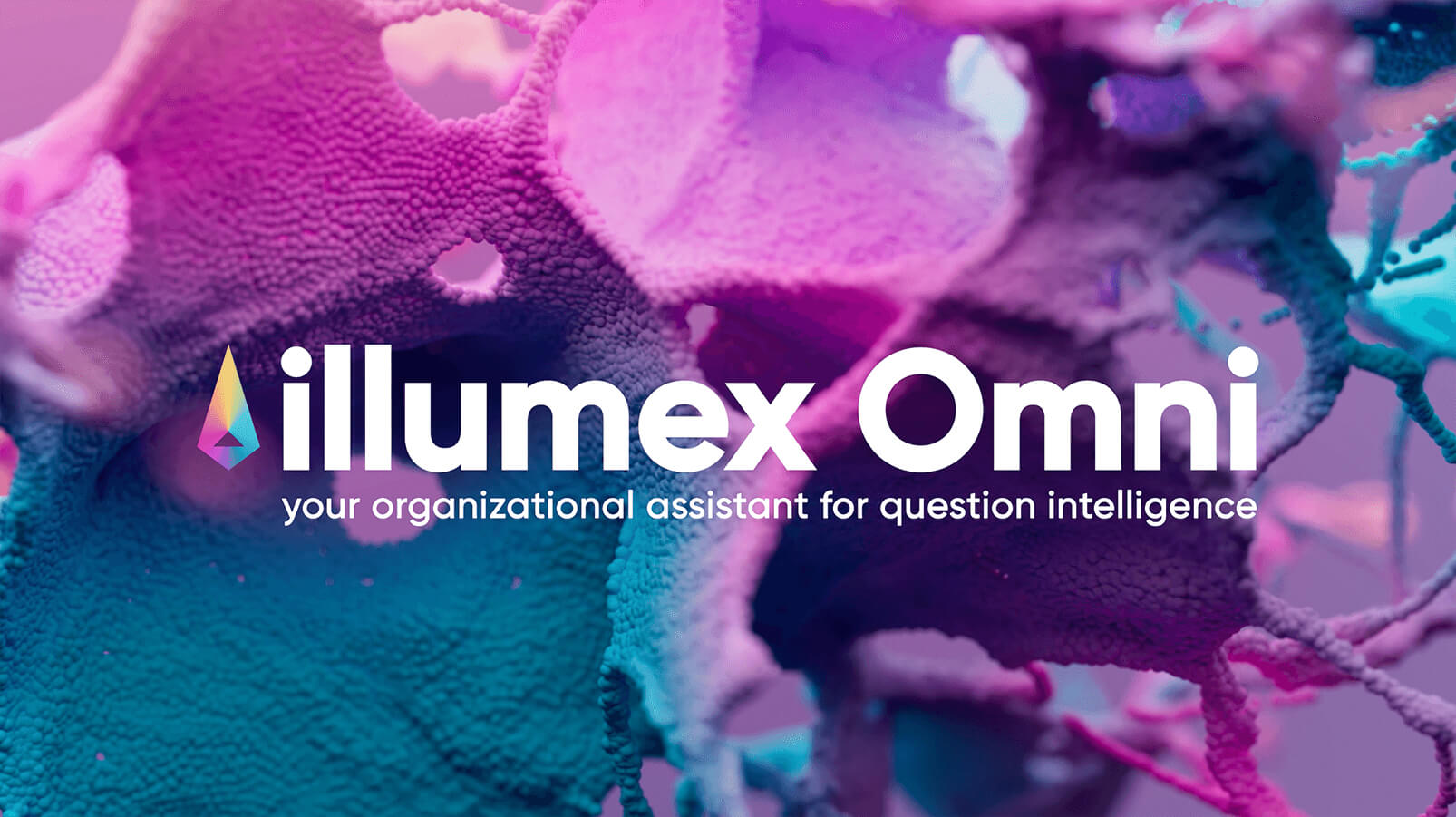
Enterprise Generative AI at Scale
ChatGPT has taken the world by storm. And its massive early adoption gave inspiration to C-suite executives to demand the same level of experience within their own organizations and even sparked thoughts on monetizing it for third parties.
Over 1,000 companies mentioned AI in their quarterly reports this summer, a stark rise from just 36 a decade ago and a low triple-digit 18 months back. 69% of the 1.5K companies surveyed by S&P Global have at least one AI project in production during 2023.
Mckinsey predicts that generative AI could add annually more than $4 trillion to the global economy.
Hardly anyone can stay indifferent to this technological leap and its extensive impact, and organizations are already seizing this GenAI opportunity.
Generative AI is the future of data analytics. But this opportunity comes with a ton of salt. To seize it, organizations must address data quality and governance challenges before applying advanced generative AI tools to their data landscape. Otherwise, the investment might be more than they bargained for, an even more expensive version of “garbage in, billions out.”
With its ability to answer any question, Generative AI has the potential to revolutionize the way we work. But generative AI also poses risks, like hallucinations, which happen when the model doesn’t understand the question or maps it to data incorrectly. To quote Gartner’s VP Analyst Guido De Simoni “The Internet brought transformation and a single source of truth. The problem is people treat LLM like the Internet”. LLMs trained on the entire internet, on the New York Times and Twitter alike, actually introduce an even more complex problem: implementing these LLMs in enterprise environments and expecting them to understand domain-specific language, or what “Col39” and “iNNA_TEMP_FINAL_V22” stand for, is too far fetched.
General purpose Large Language Models do not speak the language of your organization. Even if you train them on all your internal data, the sample size is just too small.
As of today, none of the available tools and services (what is called “the foundational models” like GPT4 or Llama2) are able to understand which data they need to use to answer a certain question in the organizational context. There is a plethora of definitions and data sources within organizations.
The result is a random answer generated by the black-box algorithm. For example, if the question was “Who are my top 10 customers in Germany with the highest ARR that have been with us for at least 2 consecutive years?” The answer depends on how an organization defines a customer, a customer’s country, ARR, and the customer’s age. And more importantly, where is the relevant data that will provide the most accurate answer, based on a single definition that everyone agrees upon? Foundational models lack your business context, and even if they are trained on all your data, that is not enough.
That’s why illumex is here. We understand that unifying your organization’s business data language is essential – it allows you to become generative AI-ready, but it’s also complex. That’s why we developed a turnkey Generative Semantic Fabric that streamlines the process of data and analytics interpretation, rationalization, and governance.
illumex helps you mitigate the risk of GenAI hallucinations by constructing your business data language, understanding your data questions and their context, and mapping them automatically to the right semantic and data assets. The platform can even help you find the next question you should ask.
illumex is the key to unlocking the power of generative AI in the organizational context.
Gartner recommends in the “Adopt a Data Semantics Approach to Drive Business Value report”:
- “Link data from different sources together by using common meaning in the data to drive a better understanding of business scenarios.”
- “Leverage semantics to satisfy a conceptual definition of data by addressing the widest scope of interpretation and the smallest bias toward implementation strategy.”
- “Adopt large language models (LLMs) to support faster deployment of semantics representations to overcome complexity in accessing critical information at scale.”
Don’t miss out on the next big thing in data analytics.
In June, we discussed how generative AI revolutionizing the way organizations can govern data (and launched the first catalog with a GPT assistant on the market). We empower organizations to automate and augment data governance tasks, giving them the confidence to use generative AI to boost their business.
How do we do it? We get personal.
As with many new technologies, language models deliver better results when they are specific. Custom language models coupled with semantic search interfaces and training inputs that are domain knowledge-contextualized, boost results and reproductivity for data teams.
What is our secret sauce?
Our proprietary generative AI engine actively maps and interprets metadata and connects data and analytics layers without human intervention—making it the world’s first Active Semantic Layer trained on industry-specific data corpus. It combines Custom Language Models (semantic models) with Graphs (relation models) for higher accuracy. Read more about it in this ebook: “Generative AI for Data Management: Why, Where, and How Language Models Assist Data Teams.”
Director Analyst Afraz Jaffri from Gartner: “Everyone talks about the last mile of generative AI (productization) whereas we should care about the first mile of generative AI (data management). The first layer of generative AI productization should be creating a coherent semantic lens to consume the organizational data.”
Today, we make it possible for generative AI to revolutionize how we govern generative AI. illumex enables organizations to scale the GenAI wave by generating domain-specific interpretation and augmented governance for their data in the context of LLM productization lifecycle.
Today, we launch illumex Omni, your questions intelligence assistant to make your organizational prompting smooth and governed.
With illumex Omni, you can send your data questions to an LLM via Slack and receive immediate reliable answers. Our engine interprets your prompt and matches it to the business data context of your organization. It maps the prompt to the relevant data and semantic objects, generates an SQL query and sends all of the above to the LLM of your choice. The engine also interacts with you to provide transparency on the process, clarification in the case of ambiguity and assistance in asking follow-up questions.
illumex reassures trust in corporate data in three stages:
- The platform provides augmented data mapping and governance with domain-specific interpretation added to active metadata management monitors and controls. Read more here
- It interprets your prompt question, maps it to the respective semantic and data objects, translates the prompt to SQL and returns a digested focused input to be used by 3rd party generative AI services.
- The illumex AI Assistant helps to navigate your data and analytics landscape and facilitates closer collaboration. Read more here




